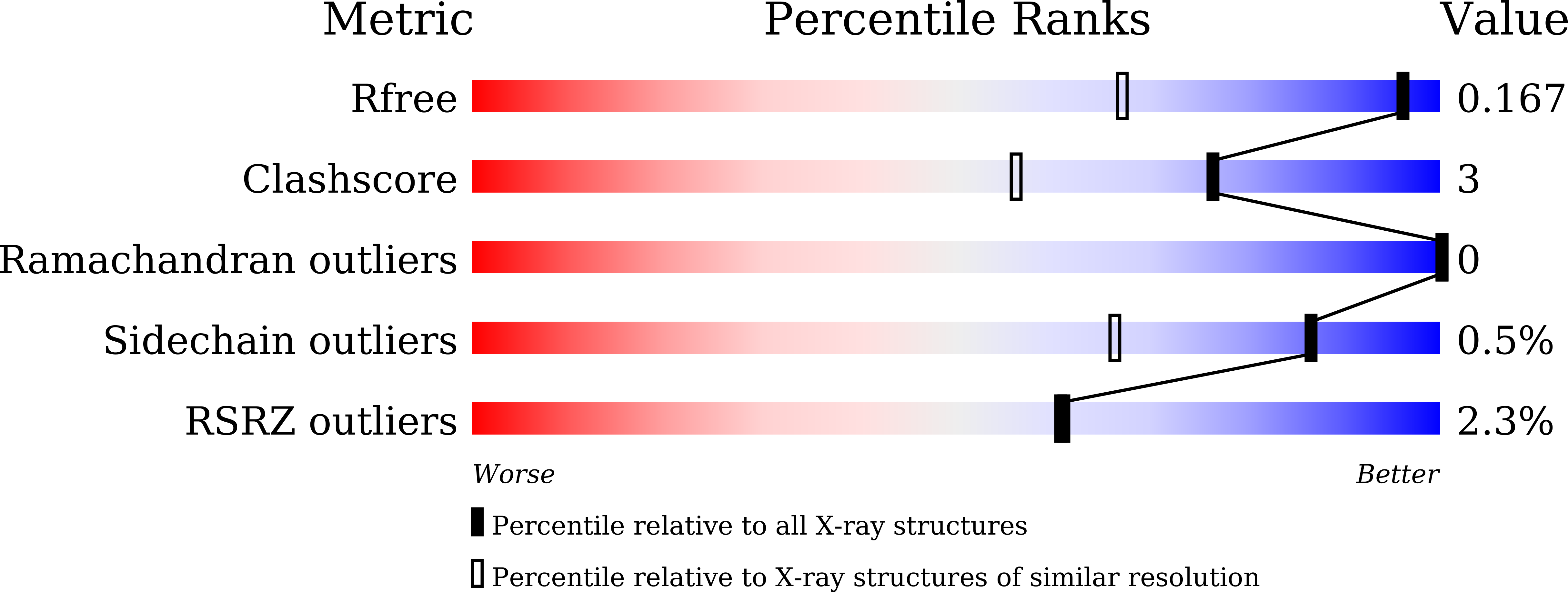
Deposition Date
2024-10-10
Release Date
2025-07-16
Last Version Date
2025-07-16
Entry Detail
PDB ID:
9JWW
Keywords:
Title:
T200H Carbonic Anhydrase II pH 7.8 20 atm CO2
Biological Source:
Source Organism:
Homo sapiens (Taxon ID: 9606)
Host Organism:
Method Details:
Experimental Method:
Resolution:
1.25 Å
R-Value Free:
0.15
R-Value Work:
0.13
Space Group:
P 1 21 1


